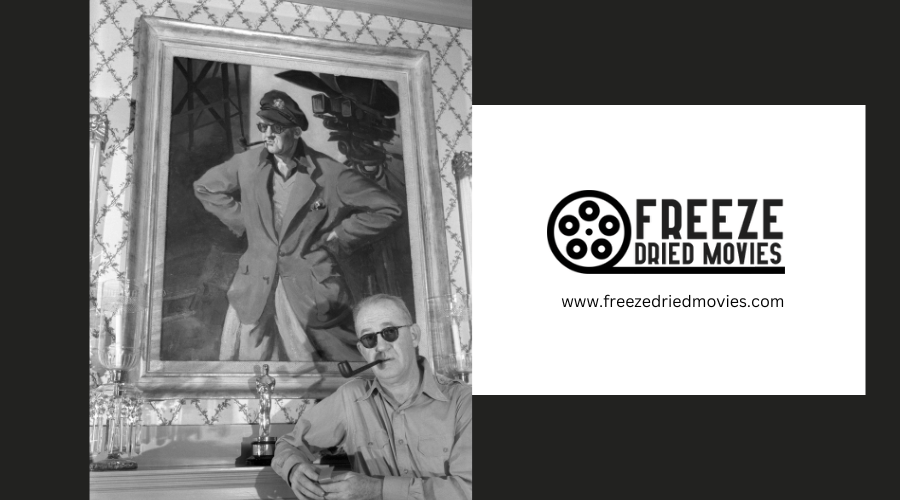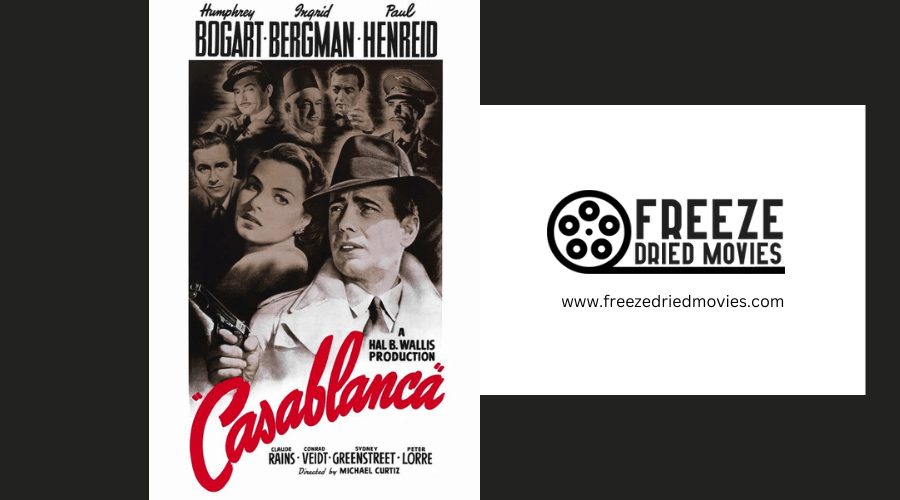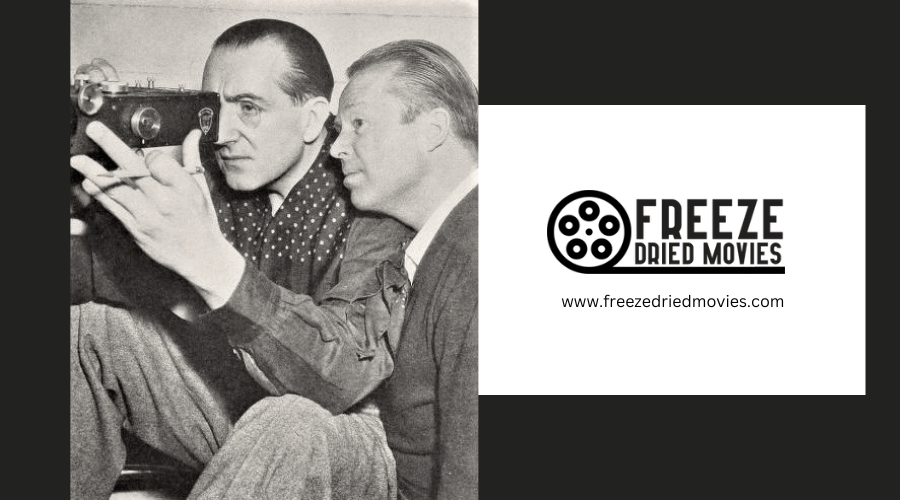How Did the Horror Anthology Film Rise in the 1940s?
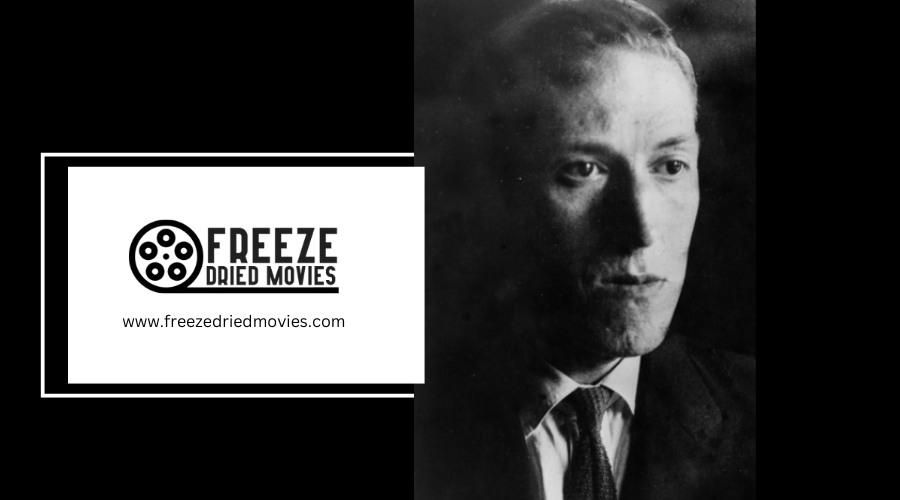
The 1940s saw the emergence of horror anthology films, a development largely influenced by the significant cultural shifts that occurred after World War II. Films such as 'Dead of Night' reflected societal anxieties and delved into the darker facets of the human psyche, providing viewers with a means of escapism.
Technological advancements in film production, including improved lighting, sound, and special effects, enabled filmmakers to create more convincing eerie atmospheres and terrifying creatures, thus enhancing the viewer's experience. Additionally, the popularity of pulp magazines and an increasing audience appetite for diverse cinematic experiences contributed to the rise of this genre.
Each segment within these anthology films introduced unique stories that captivated and frightened audiences, maintaining their interest and curiosity.
Cultural Shifts Post-War
The cultural shifts following World War II significantly influenced the development of horror anthology films during the 1940s. The societal anxieties and changing psychological landscape of the era shaped a distinctive cinematic experience. In the wake of the war, a widespread sense of uncertainty and tension prevailed, which filmmakers utilized to create stories that resonated with deep emotional impact.
Horror anthology films of the 1940s, such as 'Dead of Night,' effectively reflected the post-war cultural transformation by incorporating supernatural and macabre themes into their narratives. These films weren't merely about inducing fear; they provided a means to explore the darker aspects of the human psyche, amplified by the recent global conflict. The format of multiple stories within a single film allowed for a more extensive exploration of these themes, capturing the diverse and complex societal fears of the time.
These films mirrored the era's collective apprehension, making the horror genre a popular form of escapism and entertainment. The appeal of these anthology films extended beyond mere thrill-seeking; they offered an opportunity to confront and, perhaps momentarily, comprehend the chaos of the post-war world through a lens of the eerie and uncanny.
Technological Advancements
Technological advancements in the 1940s significantly influenced the production of horror anthology films. Enhanced lighting techniques were crucial in creating the genre's signature eerie atmospheres, utilizing shadows and light to intensify the suspense and fear. Additionally, advancements in sound design and editing contributed to the heightened suspense, with skillfully layered and edited sounds that amplified the scare factor, making the presence of lurking dangers more palpable.
Furthermore, the evolution of special effects during this era allowed for the creation of more realistic and terrifying creatures, enhancing the believability of these films and leaving a lasting impression on audiences. Innovative camera angles and movements also played a significant role, adding new dimensions to the storytelling by engaging viewers more directly in the unfolding horror.
These technological advancements not only improved the visual and auditory experience of horror anthology films but also expanded the creative possibilities for filmmakers in the 1940s, pushing the genre to new boundaries.
Influence of Pulp Magazines
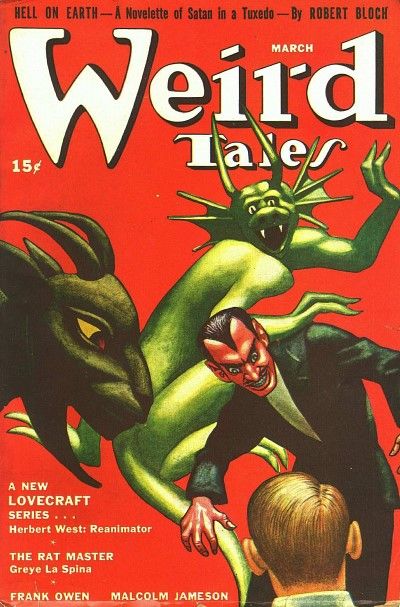
Pulp magazines such as 'Weird Tales' and 'Thrilling Mystery' significantly shaped the horror anthology films of the 1940s by providing a treasure trove of supernatural and eerie stories. These narratives seamlessly transitioned to the film medium, adding depth and tension that became trademarks of the genre during that period.
Directors and screenwriters of the era frequently adapted the rich, imaginative content from these magazines, integrating supernatural elements and spine-chilling plots into their films. This adaptation process was crucial for the success of horror anthologies, which relied on engaging and diverse storylines to captivate and thrill cinema-goers.
Authors like H.P. Lovecraft and Robert Bloch, prolific contributors to pulp magazines, were instrumental in the genre's evolution. Their stories, which often explored psychological horror and existential dread, brought a unique and impactful perspective to horror films, enhancing the audience's emotional and intellectual engagement.
The synergy between pulp fiction and cinematic storytelling during the 1940s not only broadened the scope of horror cinema but also introduced audiences to a more sophisticated and varied form of entertainment. This collaboration between print and film ensured that the horror anthologies of that era were both compelling and memorable, solidifying their place in the history of cinema.

Audience Demand for Variety
During the 1940s, horror anthology films gained popularity in response to audience demand for diverse cinematic experiences. These films, by incorporating multiple shorter stories into a single feature, catered to varied tastes and preferences within the horror genre. Each segment within the anthology explored different subgenres, such as psychological thrillers, ghost stories, or creature features, offering something for every fan of horror.
The anthology format was particularly effective in maintaining viewer engagement by continuously introducing fresh characters and plotlines, ensuring a dynamic and intriguing viewing experience. This approach not only satisfied the audience's craving for variety but also demonstrated an evolution in filmmaking that aligned with changing viewer demands. The rise of horror anthology films in the 1940s is a testament to the film industry's adaptability and commitment to meeting audience expectations.
Emergence of Iconic Directors
Iconic figures like Val Lewton significantly shaped the horror anthology genre during the 1940s. Lewton's approach to horror emphasized psychological tension over explicit gore, diverging from the norms of his time. Collaborating with directors such as Jacques Tourneur and Mark Robson, Lewton produced films that stood out for their atmospheric depth and thematic complexity.
These directors excelled in crafting narratives that subtly yet effectively played on the audience's fears, using shadows and sounds to build suspense rather than relying on shock tactics. This method marked a significant shift from the conventional horror strategies of the era, profoundly influencing the genre's development.
Their films often delved into complex human emotions and fears, establishing a new benchmark for horror anthologies. The legacy of their 1940s work laid a solid foundation that influenced the direction of horror cinema for subsequent generations. By prioritizing psychological intricacy and atmospheric tension, these pioneering directors ensured the lasting relevance and evolution of the horror anthology, engaging viewers with sophisticated storytelling and profound emotional impact.
Development of Special Effects
The 1940s marked a significant advancement in special effects within horror anthology films, integrating techniques such as miniatures and matte paintings that elevated the genre's visual appeal. Throughout the decade, these films increasingly incorporated optical effects to produce eerie and otherworldly scenes, previously unachievable. The special effects teams, functioning as both technicians and creative artists, masterfully realized supernatural elements with impressive realism.
Advancements in makeup and prosthetics were equally crucial. Actors underwent transformations into monstrous characters through detailed prosthetic work that skillfully altered human features into frightful forms. This detailed process was vital for imparting a genuine sense of horror.
Additionally, the deliberate manipulation of lighting and shadows played a critical role in enhancing the mood and tension. Strategic shadowing and selective illumination were used to create chilling effects, such as a sinister expression emerging from darkness, effectively leveraging the absence of light to evoke deep-seated fears. This careful interplay of light and shadow significantly enriched the atmospheric quality of the films, transforming ordinary scenes into memorable, haunting visuals.
Impact of Radio Dramas
Radio dramas like 'Lights Out' and 'Inner Sanctum Mysteries' significantly shaped the development of horror anthology films in the 1940s. These series, characterized by their suspenseful and supernatural stories, captured the imagination of audiences, signaling to filmmakers the existence of a substantial market for psychologically thrilling horror content.
The transition from radio to film anthologies was smooth and almost expected. Visualizing the experience, one might recall sitting in a dimly lit room, absorbed by a radio narrator's voice that turned mundane shadows into sources of fear. This auditory experience naturally evolved into a visual form on the cinema screen, where the added visual dimension enriched the already compelling narratives.
The influence of radio drama elements on 1940s horror films can be summarized as follows:
| Radio Drama Elements | Impact on Horror Films |
|---|---|
| Episodic Story Structure | Inspired by the format of multi-story films |
| Emphasis on Suspense | Maintained high audience engagement |
| Use of Supernatural Themes | Broadened opportunities for visual effects |
These core features of radio drama did not merely influence—they fundamentally altered the experience of horror in cinema, marking a pivotal moment in film history.
Evolution of Screenwriting
In the 1940s, horror anthology films featured screenwriters who innovatively intertwined multiple narratives within a single overarching storyline. This method not only maintained suspense but also enhanced the thematic unity of the films. The evolution of screenwriting during this period represented a notable shift towards more complex and captivating narrative structures in horror cinema.
Here's how the screenwriters of the 1940s horror anthologies excelled in engaging audiences:
- Crafting Compelling Segments: Each segment was expertly designed to function independently while contributing to the overall narrative arc. This approach ensured that each plot development was both unexpected and rewarding.
- Seamless Progressions: Writers developed techniques for fluid transitions between segments, preserving a uniform tone and tempo that kept viewers engaged without abrupt shifts.
- Collaborative Writing: Teams of writers collaborated to ensure that the narrative structure of each segment effectively supported the overarching story, enhancing the film's cohesion.
- Experimenting with Pacing: The pacing within and between segments was varied to sustain suspense and interest, utilizing slow builds and rapid escalations to maintain viewer engagement.
These screenwriting innovations in the 1940s horror anthology films not only entertained but also established a benchmark for storytelling that continues to influence the genre today.
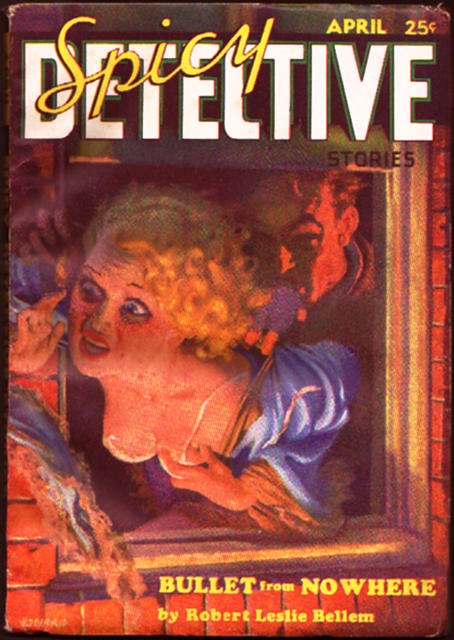
Conclusion
The rise of horror anthology films in the 1940s was influenced by a combination of cultural, technological, and artistic factors. Following World War II, societal shifts and technological advancements allowed for new storytelling techniques, which were further influenced by the popularity of pulp magazines.
This period saw an increase in audience demand for varied content, which was met by innovative directors and the development of special effects. Additionally, the format and storytelling techniques of radio dramas contributed to the structure of horror anthologies.
These elements collectively established the horror anthology as a significant genre in cinema history.

